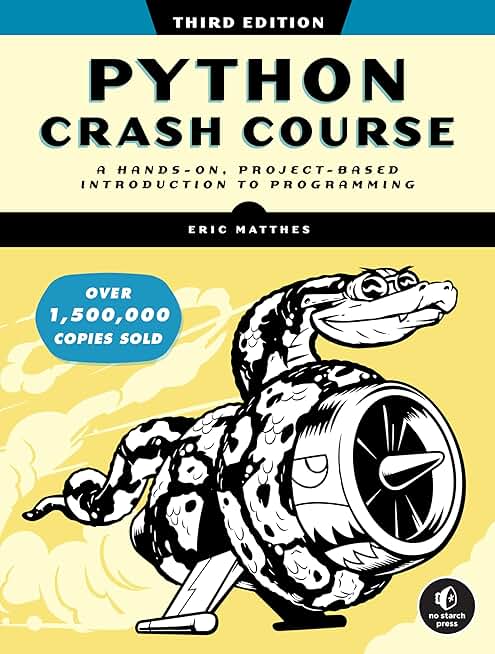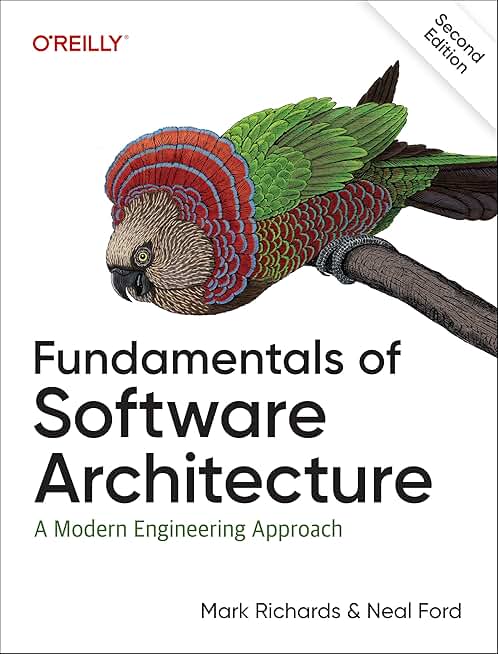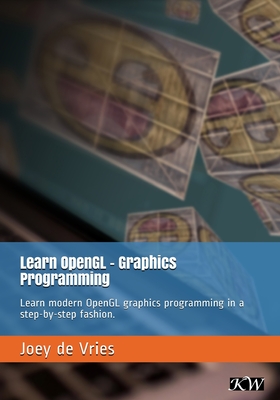Fast Track to Spring Framework 3 .x, Spring Framework MVC and Spring Framework Web Flow Training in Mount Pleasant
|
We offer private customized training for groups of 3 or more attendees.
|
||
Course Description |
||
| Fast Track to Spring 3 .x, Spring MVC and Spring Web Flow Spring is a
lightweight Java framework for building enterprise applications. Its
Core module allows you to manage the lifecycle of your objects and the
dependencies between them via configuration metadata (either XML or
annotations) and Dependency Injecti on / Inversion of Control. Its
advanced capabilities provide support for JDBC and persistence
frameworks like Hibernate (DAO and ORM modules), Aspect - Oriented
Programming (AOP module), integration with Java Web technologies (MVC
and Web Flow), security, t ransactions, and more. This course is a new
course based on the Spring 3 release. It includes complete coverage of
the annotation based approach to configuration and the use of Java - 5
capabilities that was first introduced in Spring 2.x, and which has been
greatly enhanced in S pring 3. It also provides coverage of the
traditional XML - based configuration that can still play an important
role in existing and new projects. The course starts with the basics of
Spring and in - depth coverage on using the powerful capabilities of the
C ore module to reduce coupling, and increase the flexibility, ease of
maintenance, and testing of your applications. It goes on to cover all
the important capabilities of Spring 3, including using Spring to
simplify the creation of a persistence layer with JDBC and/or
persistence frameworks like Hibernate and JPA. It includes coverage of
advanced capabilities such as using Spring's Aspect Oriented Programming
(AOP) to program cross - cutting concerns such as transactions and
security. This includes an introduc tion to Spring Security v3, its
architecture, and how to use it to secure both Web application requests
and bean invocations The course includes integration of Spring with Java
EE Web applications, an introduction to Spring's Web MVC, and thorough
coverag e of Spring Web Flow 2 (which is still the latest version
available). Spring MVC is a Web framework based on the powerful Model -
View - Controller pattern, and the int r oduction covers the basics of
Spring MVC, and how it supports organizing your Web applicatio ns in a
highly structured, loosely coupled manner. Spring Web Flow 2 is a Spring
framework for defining user interface flow in a Web applic a t i on. The
course includes thorough coverage of Web Flow, including an overview of
its capabilities and architecture, def i ning flows, flow variables and
actions, the Unified EL, and flow programming.
Course Length: 5 Days
Course Tuition: $2250 (US) |
||
Prerequisites |
|
| A good working knowledge of basic Java, JDBC, and Servlets/JSP. | |
Course Outline |
|
1. Introduction to Spring |
Course Directory [training on all levels]
- .NET Classes
- Agile/Scrum Classes
- AI Classes
- Ajax Classes
- Android and iPhone Programming Classes
- Azure Classes
- Blaze Advisor Classes
- C Programming Classes
- C# Programming Classes
- C++ Programming Classes
- Cisco Classes
- Cloud Classes
- CompTIA Classes
- Crystal Reports Classes
- Data Classes
- Design Patterns Classes
- DevOps Classes
- Foundations of Web Design & Web Authoring Classes
- Git, Jira, Wicket, Gradle, Tableau Classes
- IBM Classes
- Java Programming Classes
- JBoss Administration Classes
- JUnit, TDD, CPTC, Web Penetration Classes
- Linux Unix Classes
- Machine Learning Classes
- Microsoft Classes
- Microsoft Development Classes
- Microsoft SQL Server Classes
- Microsoft Team Foundation Server Classes
- Microsoft Windows Server Classes
- Oracle, MySQL, Cassandra, Hadoop Database Classes
- Perl Programming Classes
- Python Programming Classes
- Ruby Programming Classes
- SAS Classes
- Security Classes
- SharePoint Classes
- SOA Classes
- Tcl, Awk, Bash, Shell Classes
- UML Classes
- VMWare Classes
- Web Development Classes
- Web Services Classes
- Weblogic Administration Classes
- XML Classes
- Introduction to Spring 6, Spring Boot 3, and Spring REST
15 December, 2025 - 19 December, 2025 - See our complete public course listing
Java Programming Uses & Stats
|
Difficulty
|
Popularity
|
Year Created 1995 |
|
Pros
Most Commonly Used:
Great Career Choice:
Android Apps Development:
It Can Run On Any Platform:
Great Supporting IDE's: |
Cons
Uses a Lot of Memory:
Difficulty in Learning:
Slow Start Up Times:
Verbose and Complex Code:
Commercial License Cost: |
| Java Programming Job Market |

Average Salary
|

Job Count
|

Top Job Locations
New York City |
|
Complimentary Skills to have along with Java Programming
- If you are an experienced Java developer, learning a complimentary language to Java should come much more naturally. As an example JetBrains recently created the Kotlin programming language which is officially supported by Google for mobile development. Kotlin compiles to Java bytecode and runs on the JVM; it's purported to address many of Java's shortcomings... |






